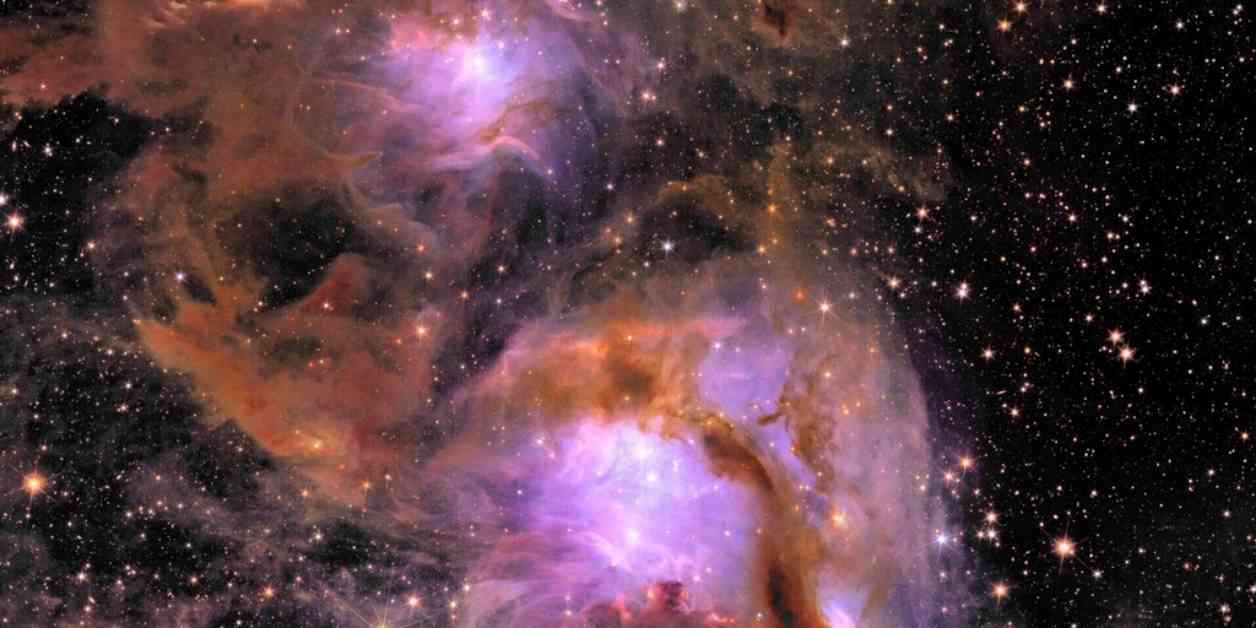A European space telescope recently captured stunning images of a massive stellar nursery, adding to its collection of celestial photographs. The European Space Agency unveiled these images from the Euclid observatory, which were taken after the telescope’s launch from Florida last year. While Euclid’s main task is currently surveying the dark universe, these images provide a glimpse into the beauty of space.
Euclid, positioned 1 million miles from Earth, will spend the next few years observing billions of galaxies across a significant portion of the sky. By studying the shape and size of these galaxies, scientists hope to gain insight into the enigmatic dark energy and dark matter that dominate the universe.
One of the remarkable images released by the European Space Agency features the star-forming region Messier 78, located approximately 1,300 light-years away. Utilizing its infrared camera, Euclid was able to penetrate the dust surrounding this stellar nursery, uncovering new areas of star formation.
According to ESA’s director general, Josef Aschbacher, Euclid is just beginning its exciting mission to map the universe’s structure. The telescope’s capabilities offer a unique opportunity to explore the mysteries of space and further our understanding of the cosmos.
In addition to the images of Messier 78, the newly released pictures include a galaxy cluster called Abell 2390, showcasing the diverse and captivating elements of our universe. These images not only highlight the beauty of space but also emphasize the importance of continued exploration and research in the field of astronomy.
As we marvel at the breathtaking photographs captured by Euclid, we are reminded of the vastness and complexity of the universe. Each image tells a story of cosmic evolution and the wonders that await us beyond the confines of our planet. Through telescopes like Euclid, we are able to witness the birth of stars, the formation of galaxies, and the intricate interplay of celestial bodies, inspiring us to delve deeper into the mysteries of space.




